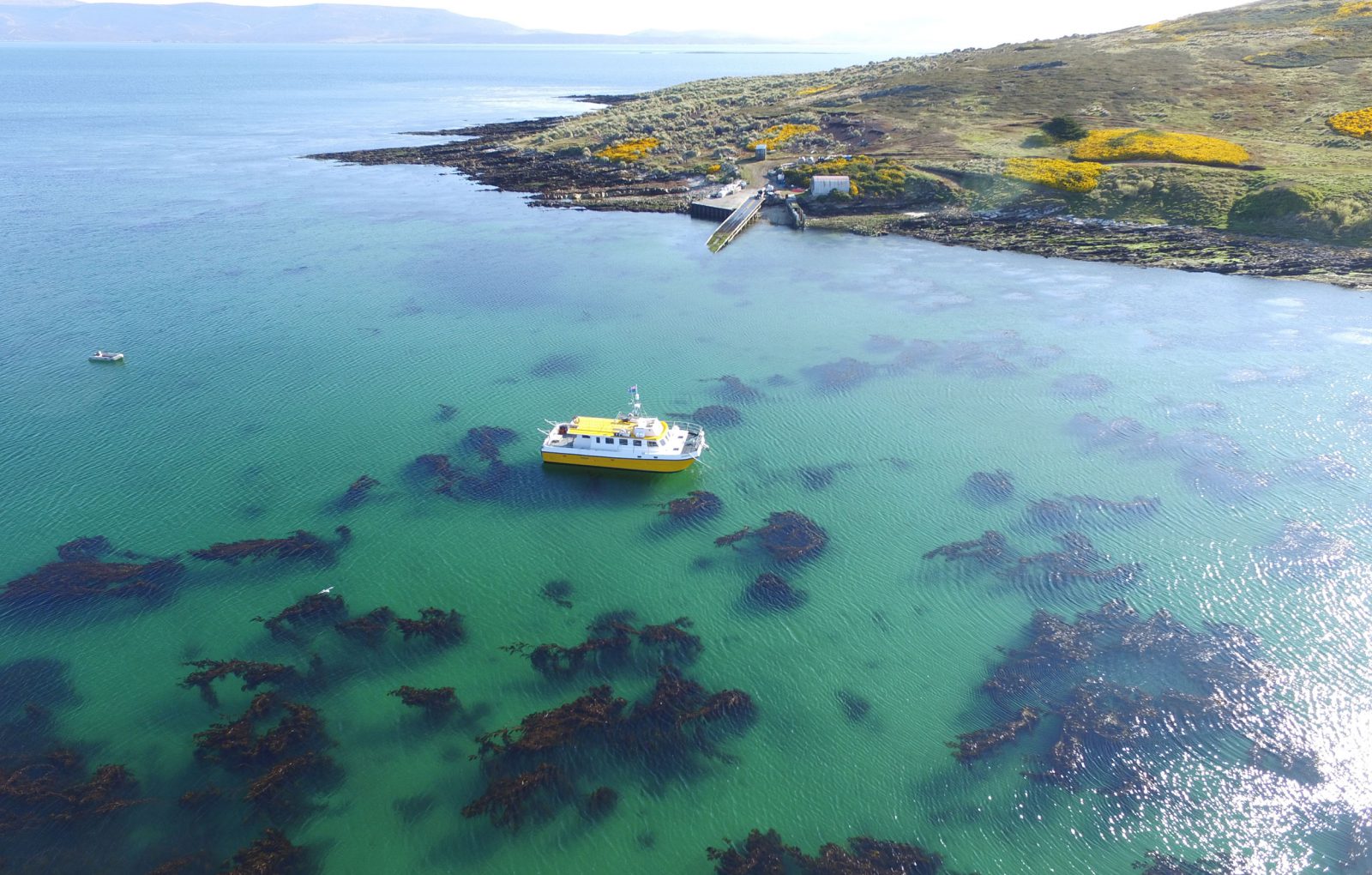Seals and Sea Lions
Elephant Seals
Return to Islands in September. Pupping starts at the end of September and continues through October (Height of Pupping Season) and November. The largest breeding area in the Falkland Islands is Sea Lion Island.
Sea Lions
Pupping time end of December & January.
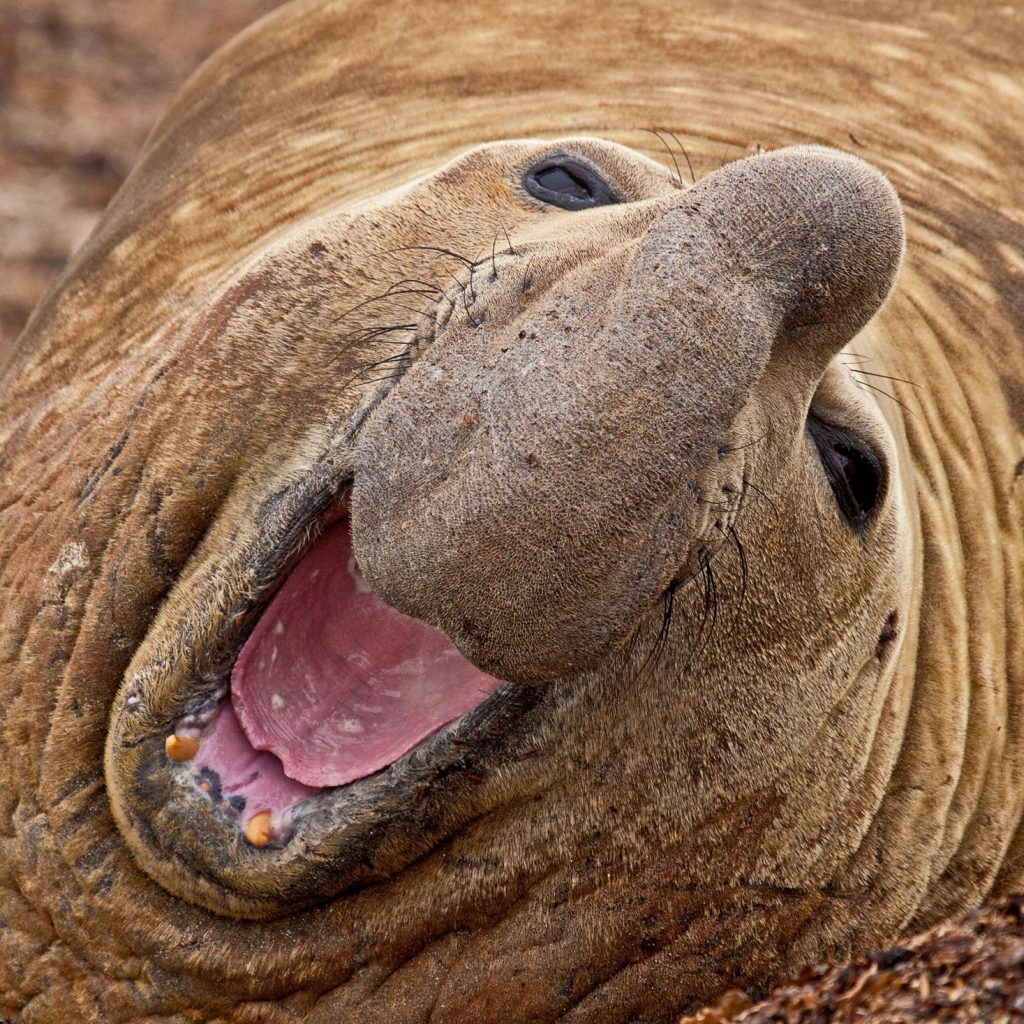
Penguins
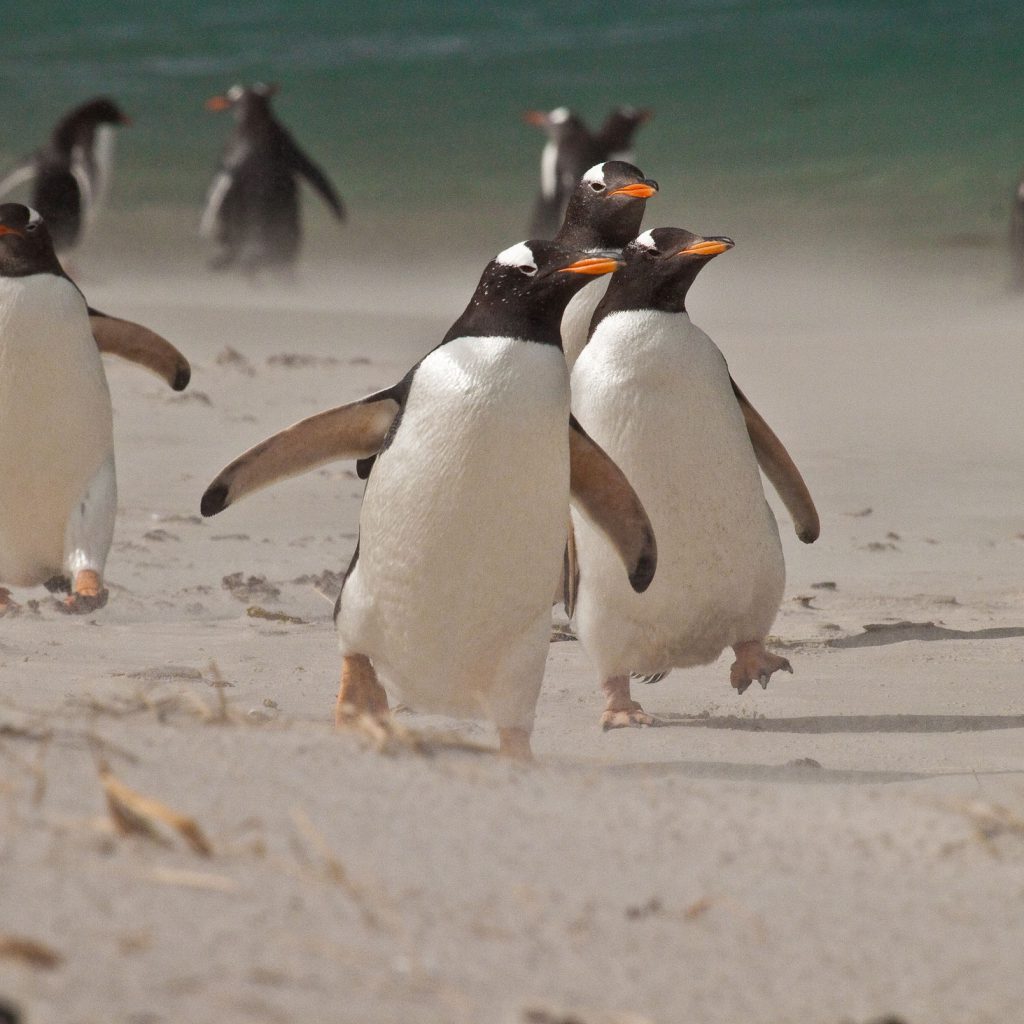
Gentoo Penguins
Can be seen all year around in the Falkland Islands. Breeding starts in late September with egg laying in mid October. Incubation is around 33/34 days. Young Gentoo Penguins are fully moulted by late January and enter the sea late February/March.
Magellanic Penguins
Return to the Falkland Islands in mid September. Egg laying begins in mid October with incubation of around 38-41 days. Fledglings leave burrows in mid January. Adults leave area after moulting end of March beginning of April.
Birds
Striated Caracaras or Johnny Rook
Egg laying occurs in the third week of October. Incubation takes approximately 35 days with the young fledging in 5 weeks.
Endemic Species:
Flightless Steamer Duck – Breeding commences from mid September to mid October. One of the two Endemic species. Falklands Flightless Steamer Duck Tachyeres brachypterus.
Cobb’s wren – Troglodytes cobbi
Endemic sub-species:
White tufted Grebe
Upland Goose – Egg laying early September/October – incubation 30 days and fully feathered in 9-10 weeks.
Black crowned night heron
Kelp Goose
Ground tyrant
Short-eared owl
Tussacbird
Black-throated finch
Long-tailed Meadowlark
Grass wren
Falklands pipit
Falklands thrush
Many of the Falklands birds lay their eggs in October/November and have young in December. For further information please contact Falkland Islands Holidays.
Carcass Island has no Rats or Cats present on the island. This means that there is an abundance of small birds on the island.
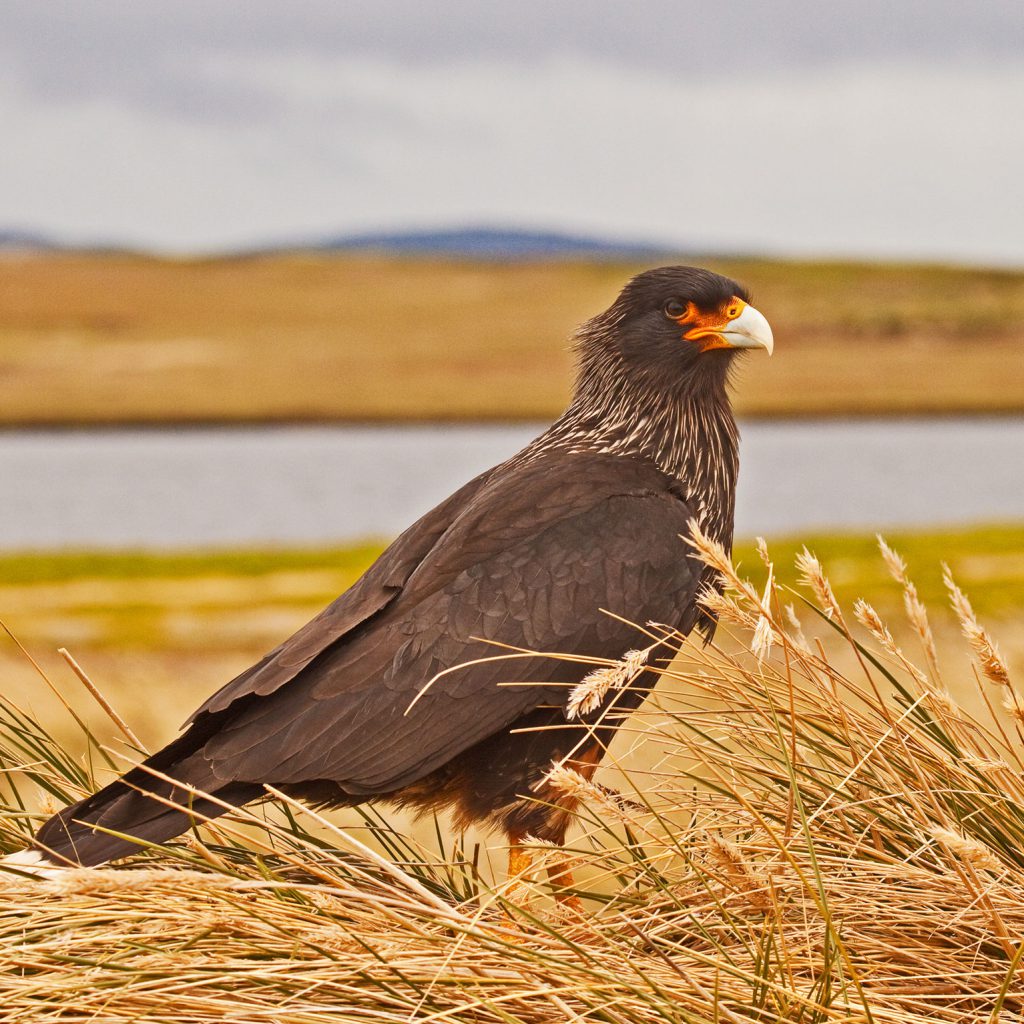
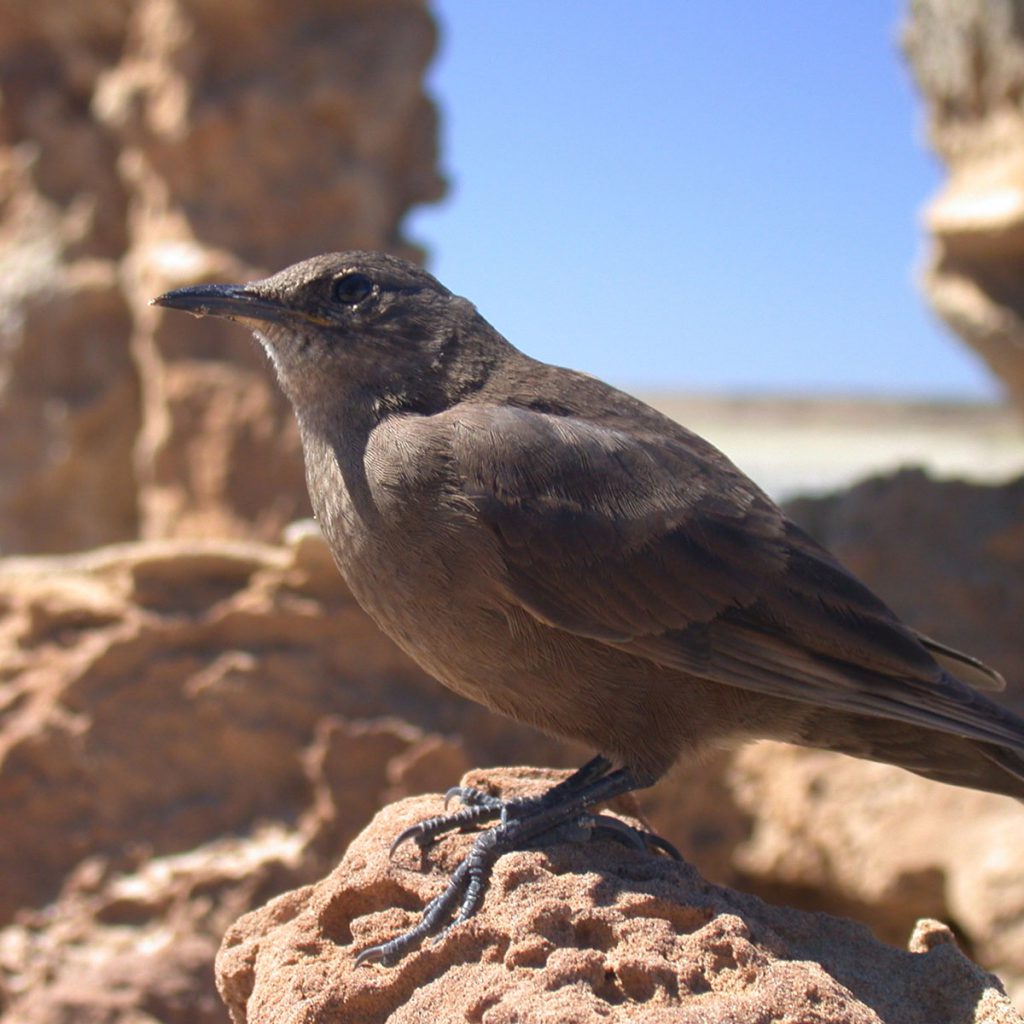
Whales
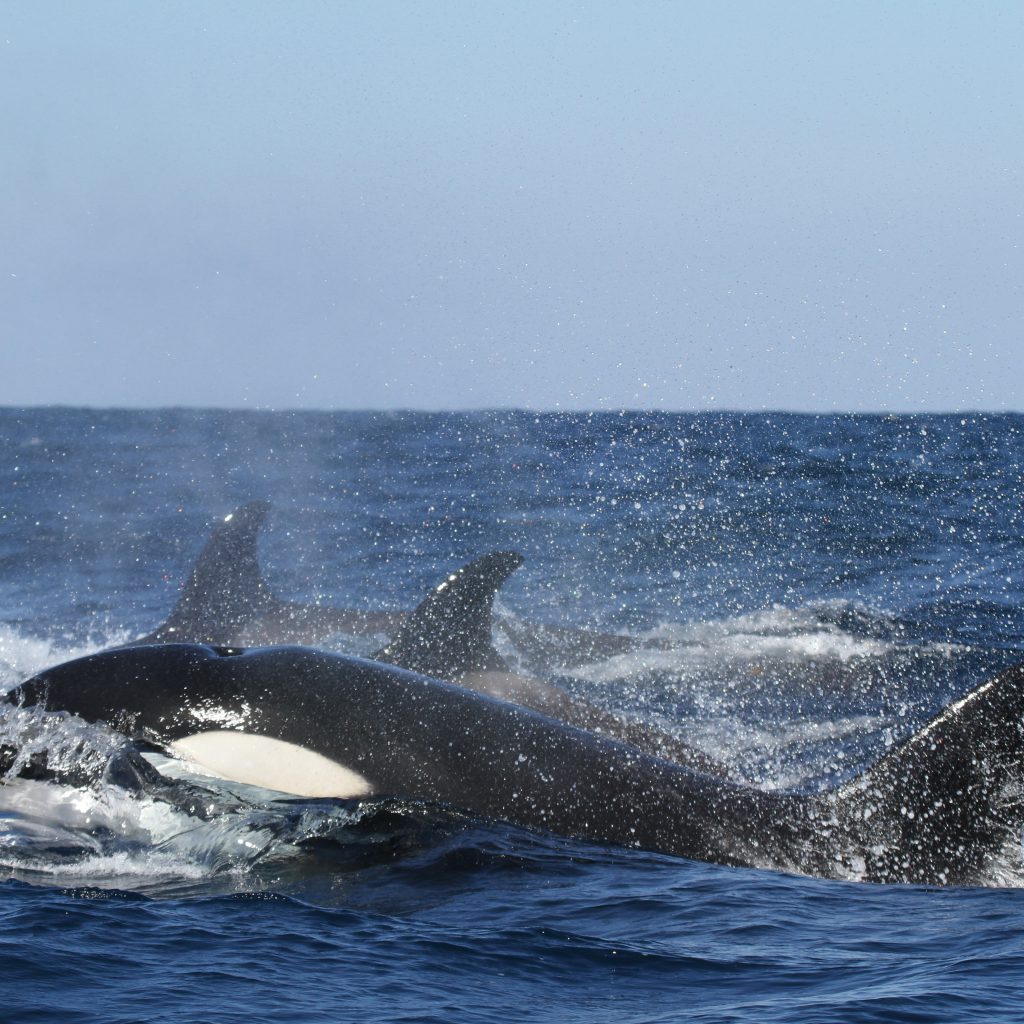
Large whales can be sighted off shore at the end of January and beginning of February.
